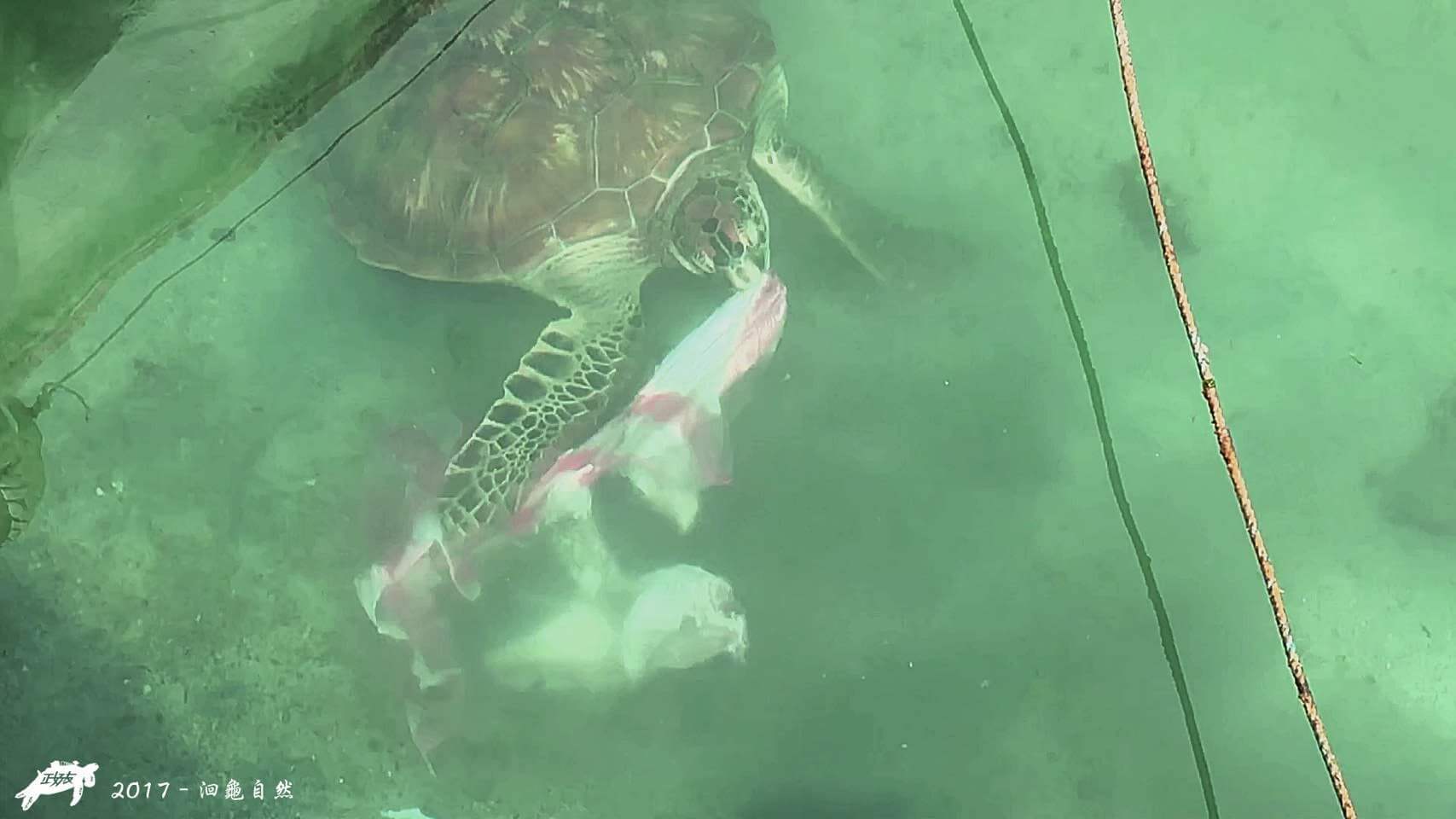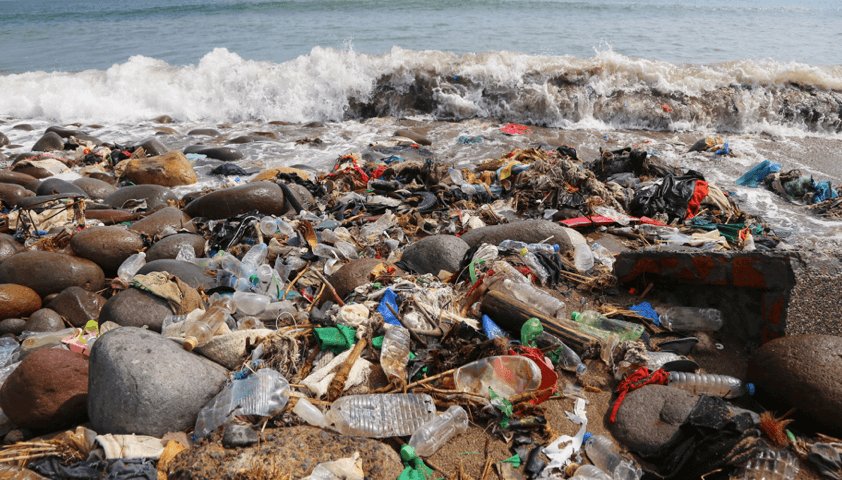#049
Fishing Net
Source: Farming, Fishing
Sometimes on the beach, you may come across things such as buoys, floats, fishing nets and polystyrene. In fact, those items are commonly found in fisheries. For example, the oyster farming fisheries on the coast of Anping District in Tainan use large quantities of polystyrene. After the oyster harvesting season in June and July, you may see polystyrene debris scattered all along the coast.
#049
漁網
Fishing Net
#032
Do Min Joon plastic cup
Source: Exotic Floating Trash
In our geography textbooks, we’ve been taught that monsoon and ocean currents change along with the seasons. Of course, this means garbage from different places will also float over with the change in seasons. For example, along the North Coast, northeast monsoons will cause ocean debris to be carried from China and South Korea to Taiwan. In fact, if you closely observe any barcodes on the rubbish, you can tell where it came from!
#032
都教授飲料杯
Do Min Joon plastic cup
#007
Heysong soda
Source: Landfill by river and sea
A portion of our garbage gets buried in landfills. In the past, landfill sites were chosen far from human communities. As a result, landfills were established in coastal areas and near rivers. In recent years, many landfill structures designed to contain waste have been unable to slow down the natural effects of erosion. As a result, rubbish and toxic chemicals escape into rivers and flow out to sea, especially during storms and natural disasters.
#007
古早黑松汽水
Heysong soda
#037
Flip-flops
Source: Seaside Recreation
Popular beaches nearby tourist locations are always bustling with activity, which directly results in rubbish being scattered haphazardly all over the place. Polystyrene cups, plastic bags, takeaway containers and even slippers are often seen dotting the beach. Evidently, the goal of reducing litter and properly disposing of trash has not yet been successful.
Let’s all continue working hard towards that goal!
#037
斷掉夾腳拖
flip-flops
#018
Brick
Source: Illegal dumping of waste
Sometimes near the coast you may notice abandoned building materials, used tires and other such worthless items. They are most likely illegally dumped by immoral contractors into nature’s free garbage bin.
After all, don’t you think it’s unlikely someone would accidentally lose a tire while playing at the beach?
#018
磚頭
brick
#063
Cotton swab
Source: Urban Environment
Even when local waste management is done well, garbage will always find its way into the natural environment through society’s everyday habits. For instance, we often see smokers throwing their butts into a stormwater drain. At first glance, it doesn’t appear too alarming, until you realize the stormwater drain doesn’t go through sewerage maintenance, so the cigarette butt is flushed into a river, then straight into the sea.
#063
棉花棒
cotton swab








